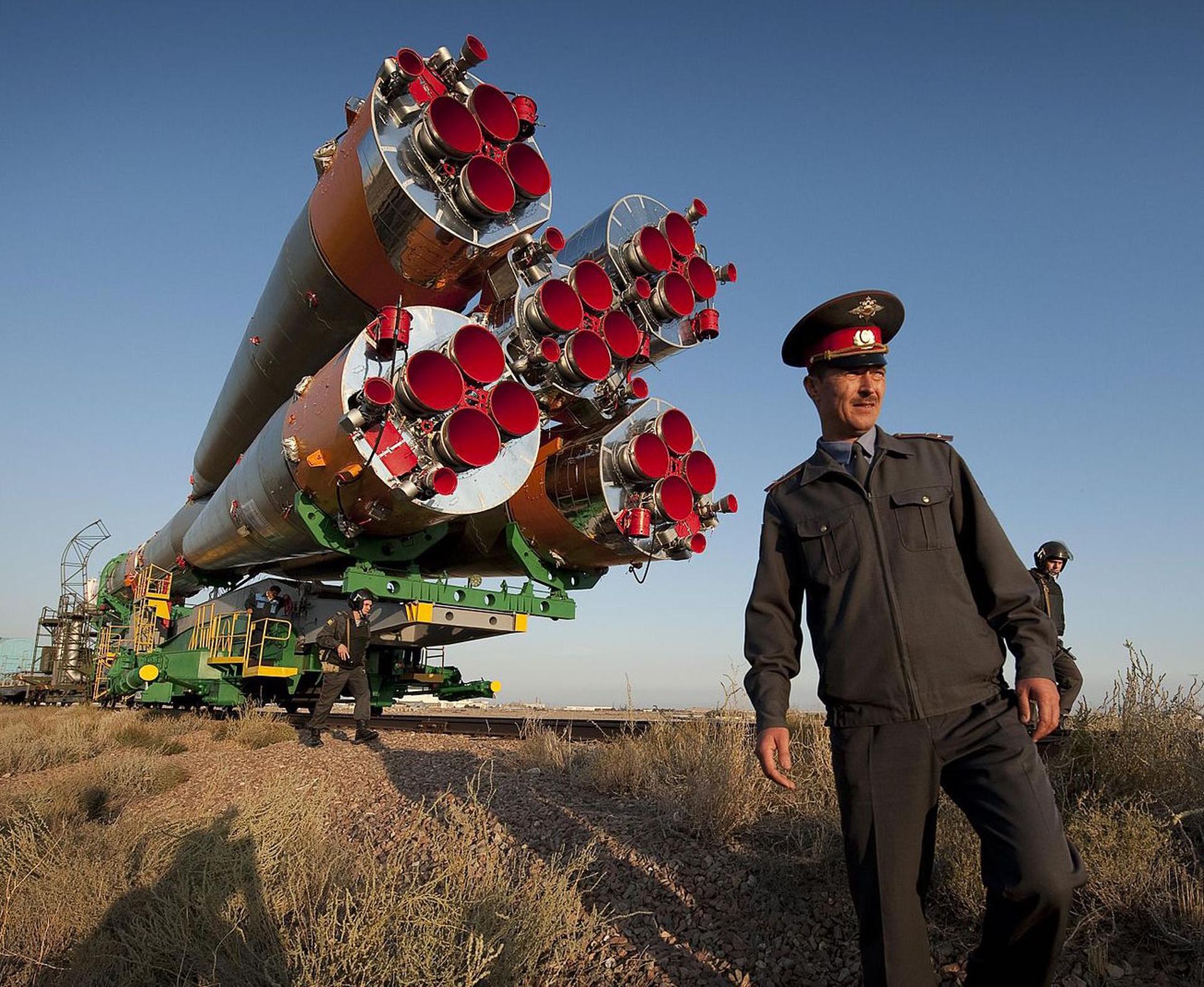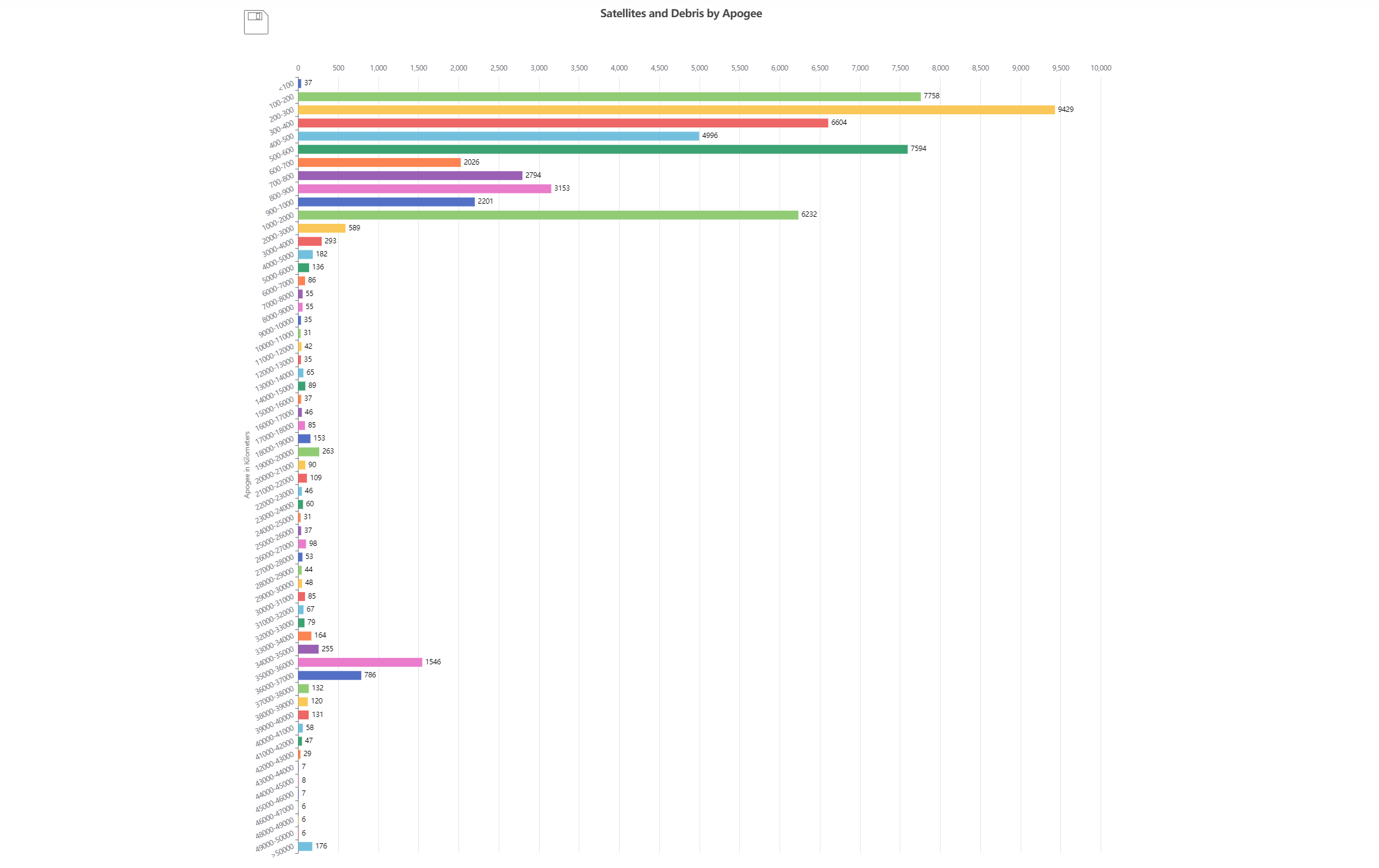· space brief · 4 min read
Space Brief 14 Feb 2025
Key developments include Redwire's contract for a US Space Force mission, UK's steps toward its first orbital launch, and a detailed military satellite spotlight.

📄Top Stories
Redwire Corporation secures a significant contract for the US Space Force’s Tetra-6 mission, marking a continuation of their support for space defense initiatives. The UK is edging closer to its first-ever orbital launch from domestic soil, poised to strengthen its position as a key player in the space launch market. Discover our satellite spotlight on BRO-1, designed for RF spectrum monitoring and intelligence gathering, demonstrating the advancing technology in cubesat applications.
📰Detailed Coverage
Redwire Secures Key Contract with US Space Force
Redwire Corporation has been awarded a contract to supply a Mako spacecraft for the US Space Force’s Tetra-6 mission, in collaboration with Orion Space Solutions and Space Systems Command. This marks a continuation of their involvement in space defense projects, building on the previous Tetra-5 mission efforts with the Air Force Research Laboratory.
The Tetra missions are essential for testing emerging space technologies in systems that support national defense capabilities. Leveraging Redwire’s expertise, this contract highlights the growing reliance on sophisticated small satellites in strategic military applications. These developments underscore the importance of satellite tracking for monitoring technological advancements and deployment strategies in defense contexts.
Read the full story: SpaceWar
UK Steps Closer to First Orbital Launch
The United Kingdom is poised for a milestone in its space industry with imminent orbital launches from its soil, facilitated by newly awarded commercial vertical launch licenses. This marks a pivotal step toward bolstering the UK’s capabilities as a launching nation, increasing its engagement in the commercial space sector.
With the infrastructure and regulatory framework now in place, the UK is set to offer an alternative site for European and global companies seeking orbital launch services. This move enhances the diversity of launch options available, which is crucial for satellite deployment strategies. Satellite observers and enthusiasts can expect fresh insights into trajectory dynamics specific to UK-based launches.
Read the full story: NASASpaceFlight
🛰️Satellite Spotlight
- Satellite Name: BRO-1
- NORAD ID: 44495
- Launch Date: 2019-08-19
- Mission: RF spectrum monitoring, SIGINT, Traffic monitoring
- Orbit: Inclination: 45.0095°, Period: approx. 93.96 min, Eccentricity: 0.0003549
- Operator: UNSEEN
- Fun Fact: BRO-1 is part of a constellation aiming to enhance global RF monitoring capabilities, paving the way for more effective communication intelligence operations.
Current TLE Data:
1 44495U 19054A 25044.82672798 .00027198 00000-0 77601-3 0 9990
2 44495 45.0095 182.8191 0003549 255.9594 104.0898 15.35616588303869Track this satellite in real-time on our web app: Track BRO-1
🚀 Upcoming Space Launches
February 15
- SpaceX Falcon 9:
- Starlink Group 12-8 from Cape Canaveral Space Force Station (06:14 UTC) A batch of 21 satellites for the Starlink mega-constellation, SpaceX’s project for space-based Internet communication system.
February 17
- SpaceX Falcon 9:
- NROL-57 from Vandenberg Space Force Base (13:18 UTC) Eighth batch of satellites for a reconnaissance satellite constellation built for the National Reconnaissance Office to provide imaging and other reconnaissance capabilities.
February 18
-
SpaceX Falcon 9:
- Starlink Group 10-12 from Cape Canaveral Space Force Station (23:00 UTC) A batch of 23 satellites for the Starlink mega-constellation. First Starlink launch to feature a Falcon 9 booster landing within The Bahamas waters.
-
Rocket Lab Electron:
- Fasten Your Space Belts (BlackSky Gen-3 1) from Rocket Lab Launch Complex 1, Mahia Peninsula, New Zealand (23:15 UTC) The first of five BlackSky Technology missions to deploy next-generation BlackSky Gen-3 satellites, capable of producing imagery with 50-centimeter resolution.
February 20
- SpaceX Falcon 9:
- Starlink Group 15-1 from Vandenberg Space Force Base (00:00 UTC) A batch of satellites for the Starlink mega-constellation, SpaceX’s project for space-based Internet communication system.
February 26
- Arianespace Ariane 62:
- CSO-3 from Guiana Space Centre, French Guiana (16:24 UTC) The third of three new-generation high-resolution optical imaging satellites for the French military, replacing the Helios 2 spy satellite series.
February 27
-
SpaceX Falcon 9:
- Nova-C IM-2 & Lunar Trailblazer from Kennedy Space Center (00:17 UTC) The second mission of the Nova-C lunar lander carrying a NASA payload for in-situ resource utilization on the Moon.
-
ROSCOSMOS Soyuz 2.1a:
- Progress MS-30 (91P) from Baikonur Cosmodrome, Republic of Kazakhstan (21:24 UTC) Progress resupply mission to the International Space Station.
February 28
- SpaceX Falcon 9:
- SPHEREx & PUNCH from Vandenberg Space Force Base (03:10 UTC) The SPHEREx mission will survey the sky in near-infrared light, while PUNCH will focus on the Sun’s outer atmosphere and solar wind.
Note: Launch dates and times are subject to change due to technical or weather considerations.

Maurice Stellarski




